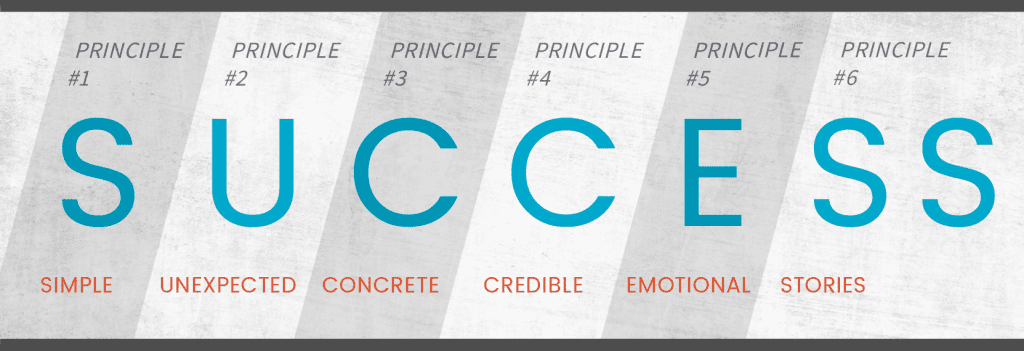 Have you ever wondered why the Ice Bucket Challenge went viral? Or why everyone’s raving about that restaurant in your neighborhood?
Have you ever wondered why the Ice Bucket Challenge went viral? Or why everyone’s raving about that restaurant in your neighborhood?
At Novak Birch, we say this a lot: we want to make you stand out. But how do we make you stand out in a noisy world? You can find several different theories on why some things catch on—and others don’t.
Today, we’re going to breakdown some theories that address these quick rising trends.
How to Make It Stick
The Heath Brothers published their first book in 2007, titled Made to Stick: Why Some Ideas Survive and Others Die. Wise marketers use their six principles of what makes an idea “sticky,” whether they know it or not:

NB uses similar principles when we craft taglines for brand identities. (You can find more about what makes a good tagline here and powerful brand messaging here.) Powerful taglines are simple, memorable, give a key benefit, differentiate your brand, and impart positive feelings.
The Heath Brothers sum up creating a successful idea like this: “a Simple Unexpected Concrete Credentialed Emotional Story.” They teach readers how to use systematic ways to produce creative ideas.
We’re all about offering strategic custom marketing services that bring your creative dreams to life. And it all starts with in-depth conversations with our partners to get to the heart of your business to understand your story.
Understanding Why Things Catch On
Jonah Berger’s 2013 book, Contagious: Why Things Catch On, opens with a story about a hundred-dollar cheesesteak that started a contagious conversation about a sandwich that people described as tasting “like eating gold.”
Berger writes, “Most restaurants bomb, most businesses go under, and most social movements fail to gain traction. Why do some products, ideas, and behaviors succeed when others fail?”
Here’s the basic idea of the six principles, or STEPPS, Berger identifies that drive things to catch on:

Let’s consider the Ice Bucket Challenge with STEPPS. The strongest driving force that made the social media challenge go viral? Emotion. A TechRepublic article shared: “Part of what makes a message compelling is emotional resonance. Typically, the two strongest emotions are humor and anger.”
Analyst Jennifer Polk went on to say about the Ice Bucket Challenge, “They’ve taken a disease which is not at all funny, and they’ve taken a cause that is not at all funny, but they’ve attached it to social behavior that’s hilarious,” Polk said.
The buzz grew on social media, and the stories made their way into real-life conversations when everyone chatted at the lunch table about whether they survived the challenge. Suddenly, the focus became social currency when the sharing spread. The wacky Ice Bucket Challenge that grew to a very public campaign that raised more than $115 million, sweeping news stations, continues to trigger thoughts of the ALS Foundation.
Let’s Make It Stick & Catch On
We’re ready to craft your brand identity to make your company memorable enough that the buzz will grow. Or, we can build you a new website that demonstrates your credibility and tells your story to drive action.
Head over here to check out some of our fresh designs that made our clients top of mind, tip of tongue because of our creative and professional designs. And many projects were built to show, built to grow in the public eye, leaving a serious “sticky” impression that generated leads and resulted in sales.
It might not be a hundred-dollar cheesesteak or an Ice Bucket Challenge. But what is it for you? What do you want to make stick?